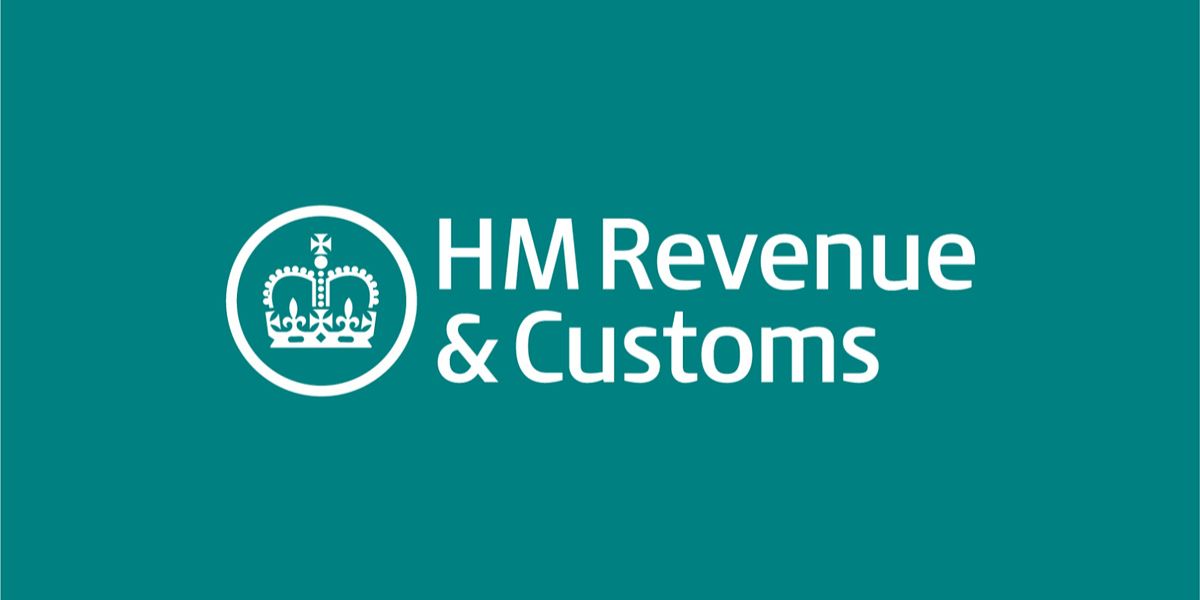On 24 August 2017 HMRC issued statistics relating to the UK taxes paid by the banking sector. The sector is defined for this purpose as businesses potentially eligible to pay the bank surcharge. These statistics are of interest to government and academics but also to commentators and the media that have paid attention to tax paid by banks in the UK in recent years.
In addition to corporation tax banks are required to pay the bank levy, introduced in 2011. There is also a bank corporation tax surcharge that was introduced on 1 January 2016. Banks like other employers are also required to remit PAYE in relation to tax and national insurance of their employees. Most of these payments represent amounts deducted from the salaries of their staff but there are also employers’ national insurance contributions which are the liability of the employer.
The total amount of corporation tax, bank levy, bank surcharge and PAYE paid by banks in 2016/17 was £27.3 billion, an increase of £2.9bn from the previous year. The increase in tax paid related to increases in the amount of corporation tax, bank surcharge and PAYE paid. The amount of bank levy paid was less in 2016/17 than in 2015/16.
Corporation tax paid by banks was £4.8 billion in 2016-17, representing an increase of £1.6bn from the 2015/16. This increase was partly due to greater profits made by banks and the new restrictions on the ability of banks to deduct past tax losses against profits in their tax returns. Corporation tax paid by banks was still below the level for the years 2005/06 to 2007/08, but has reached the highest level since the financial crisis. In the period since 2007-08 the main rate of corporation tax has been cut from 30% to 20%.
Bank levy paid by the sector amounted to £3.0 billion in 2016/17, a decrease from 3.4 billion in 2015/16. This decrease was mostly due to a reduction in the rate of bank levy from 0.21% to 0.18% effective from 1st January 2016.
Bank surcharge paid in 2016/17 was £1.1 billion. Most banks made their first payment of bank surcharge in 2016/17, following its introduction in January 2016, so the payments were much higher than in the previous year.
PAYE paid by the banking sector amounted to £18.4 billion in 2016/17. This represented an increase of £0.6 billion from 2015/16.
Other taxes
The banking sector has to pay some other taxes that are not included in the above statistics because the information is not readily available from the returns. HMRC has however arrived at some estimates.
Most services supplied by banks are exempt from VAT and irrecoverable input tax represents a further addition to the tax cost base. As HMRC does not have an administrative source of data on the irrecoverable VAT burden this needs to be estimated from external data. HMRC estimates that around £4 billion of irrecoverable VAT was paid by the banking sector in 2013/14, the latest year for which an estimate is available.
Insurance Premium Tax is a tax on general insurance premiums. There are exemptions for most long-term insurance, reinsurance, insurance for commercial ships and aircraft and insurance for commercial goods in international transit. There is also an exemption for premiums for risks located outside the UK but these may be liable to similar taxes in other countries. Sectoral information on Insurance Premium Tax is not collected by HMRC as it does not need this information in order to administer the tax. However based on information provided by its banking sector teams HMRC estimates that net cash Insurance Premium Tax paid by the banking sector in 2016/17 was less than £0.5 billion.
Certain other taxes may be paid by companies in the banking sector including environmental taxes (e.g. landfill tax), excise duties on fuel and other products, stamp duties and business rates. There is no available breakdown of the payment of these taxes by the banking sector so they are not included in the statistics.















